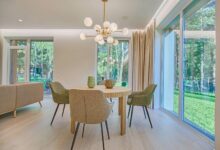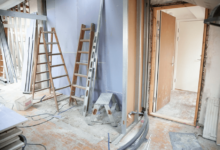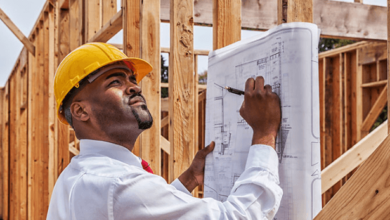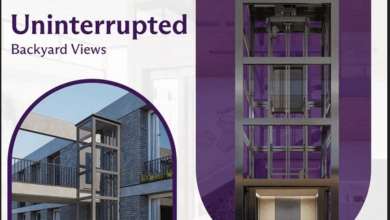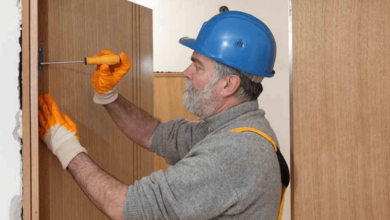Ergonomic interior design in the office: principles, tips and ideas
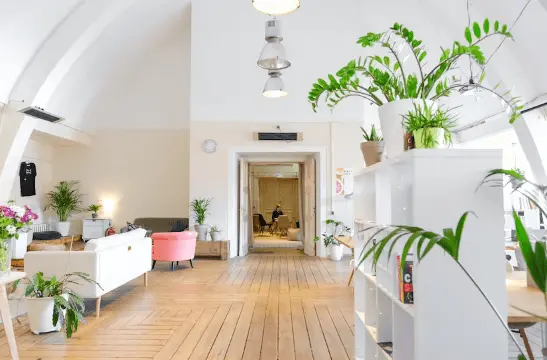
The way in which office spaces are designed can influence workers’ morale. Office interior design is a valuable investment for the company’s success, for it enhances the name brand in the first place. Entering a coy office space is a different experience than working in a workstation with quarterly retreats and perky venues.
It has been demonstrated in multiple studies, cases and employer experiences that productivity levels are directly linked with the condition of the office space. Neat, bright and colourful rooms contribute to calmness and increased working capacity. But cluttered offices that lack natural light and few colouration elements here and there might only hinder people’s creative process.
The traditional office typology brings nothing but monotony in a place where so many ideas flow, and time-consuming tasks are completed. In the meantime, employees also need ergonomic solutions for maintaining their back, shoulders and neck in good health, for which specific furniture is required.
Offices need to be revolutionised, and here’s how to achieve that.
Flexibility
Ergonomic designs are more than keeping a straight posture, it goes beyond one’s desk. Ergonomics features must be present throughout the office space to provide an immediate approach in every situation, meaning efficiency and functionality blended. Of course, these two elements must comply with particular aesthetics to match the company’s culture and current interior design trends. Standing mats, sit-stand chairs and ball chairs are only a few solutions for a modern yet comfortable office space.
An excellent example of flexibility in the office is modular designs and furniture. This popular idea proposes that offices are created for a cohesive and highly-adaptable workspace where social spaces, collaboration zones and training rooms are separated and bring more advantages to productivity. Modular designs are a budget-friendly alternative to regular ones, despite all the elements that must be included because it repurposes the existing furniture and designs. Plus, being customisable and adaptable encourages a more collaborative environment where employees contribute to their well-being by innovating their workspaces.
Naturalness
Natural elements in offices were diminished once minimalism took place over workspace designs. And although minimalism isn’t a bad idea for an office space, it may take out all the beauty of a working facility. Bringing more serenity into an office helps increase productivity levels, and this can only be achieved with the right amount of natural light, suitable temperature and pleasant air conditioning.
To make the most out of natural light, office desks are best placed in front of the windows and never in such a position where light comes from the back or side as it contributes to eye damage. The light scheme can be completed with artificial light sources that stream over each other. For example, ambient, accent, and task lighting should be layered to provide the best work rate.
Without a doubt, natural and artificial lighting should embrace the office’s features and design. Therefore, workplace furnishings must also be chosen according to a plan, with solutions from https://vepa.co.uk/.
Low physical impact
In an office, low physical impact discusses reducing physical fatigue and maximising furniture appliances. Coexisting objects should also be placed strategically in convenient locations so that reaching them is done without much fuss and are also less likely to lead to accidents. For example, heavy items would be best situated on the ground or somewhere safe for employees to get around. Fixing posters, paintings, pictures, and similar decorations is crucial too.
Additionally, low physical impact includes blending physical activity while doing daily tasks. This trend had risen during the pandemic when work-from-home employees sought a solution to physical activity during work hours. Some key-furniture options include kneeling or self-balancing chairs, which ensure a natural spine position and allow movement during seating.
Another revolutionary choice includes adjustable-height desks that can be modified for employees to do office work while standing. A treadmill can also be used by courageous people, providing plenty of health benefits. In favour of your office design, Vepa serves further insight on the best interior design tips for the comfort of your employees.
Accessories and details
Funky accessories and details are not necessary only for aesthetic purposes, and they bring functionality and efficiency to a worker’s comfort in a way that encourages productivity. It must be approved that minor objects can change the dynamic of one’s daily work. Therefore, it’s necessary to transition from traditional peripheral components to vertical mice, ergonomic keyboards, and keyboard stands. These elements naturally immerse in one’s body posture and allow for movement while writing or reading.
Blue-light-blocking glasses also ensure less eye strain, eye itching and pain while working at a desk, which is a primary concern employers should consider. That’s because some complex tasks might not only induce more stress, but if eyesight is affected, jobs will be completed in more time and with less attention to detail.
Office urbanism
The latest trend with office urbanism glares into the future of office interior design. This idea has been introduced with the scope of creating experience-led workplaces to motivate people to return to the office and collaborate more for the company’s sake. Although it fits bigger-sized businesses, its guidelines include intuitively-designing spaces for activities and vibrant community-oriented ones.
Combining places to meet, eat and relax with the work areas is the perfect blend for employees. Having all the necessities closely and being able to interact in these specially-designed spaces might boost creativity, originality, and productivity. And let’s not omit bright colours, statement furniture and unique materials, such as raw steel or black-stained wood, that can elevate the area’s esthetical features.
Bottom line
Designing a fit ergonomic office can be challenging, but the work pays off. Besides the multiple benefits attributed to the young workforce, entering a lively and dynamic office space brings about the preferred reaction of impression, influence and perception. It must be established that along with changed work-related dynamics, the areas where employees spend the most time contribute to improved output and well-being. The final take is that visual and physical comfort must be prioritised.



